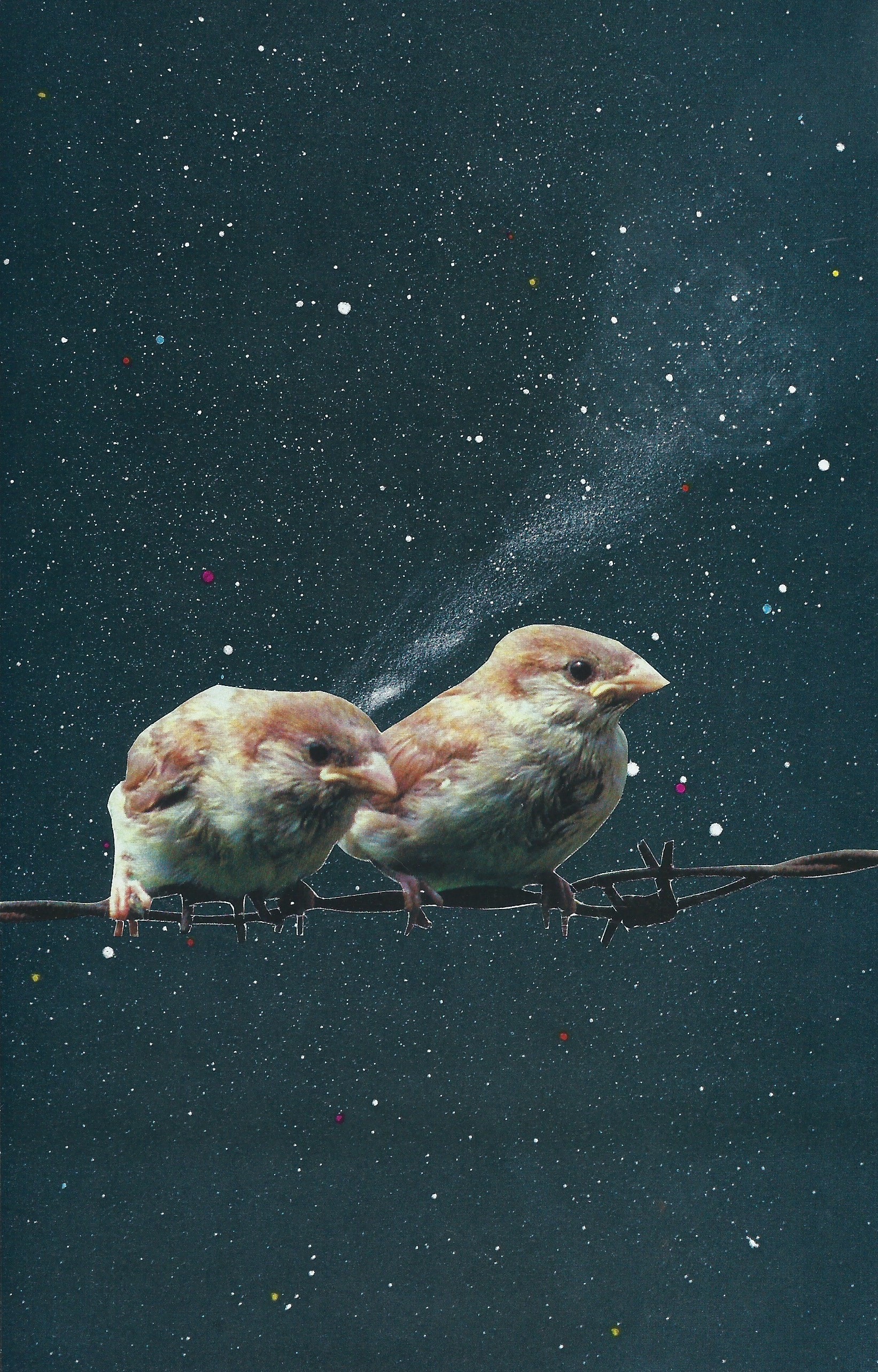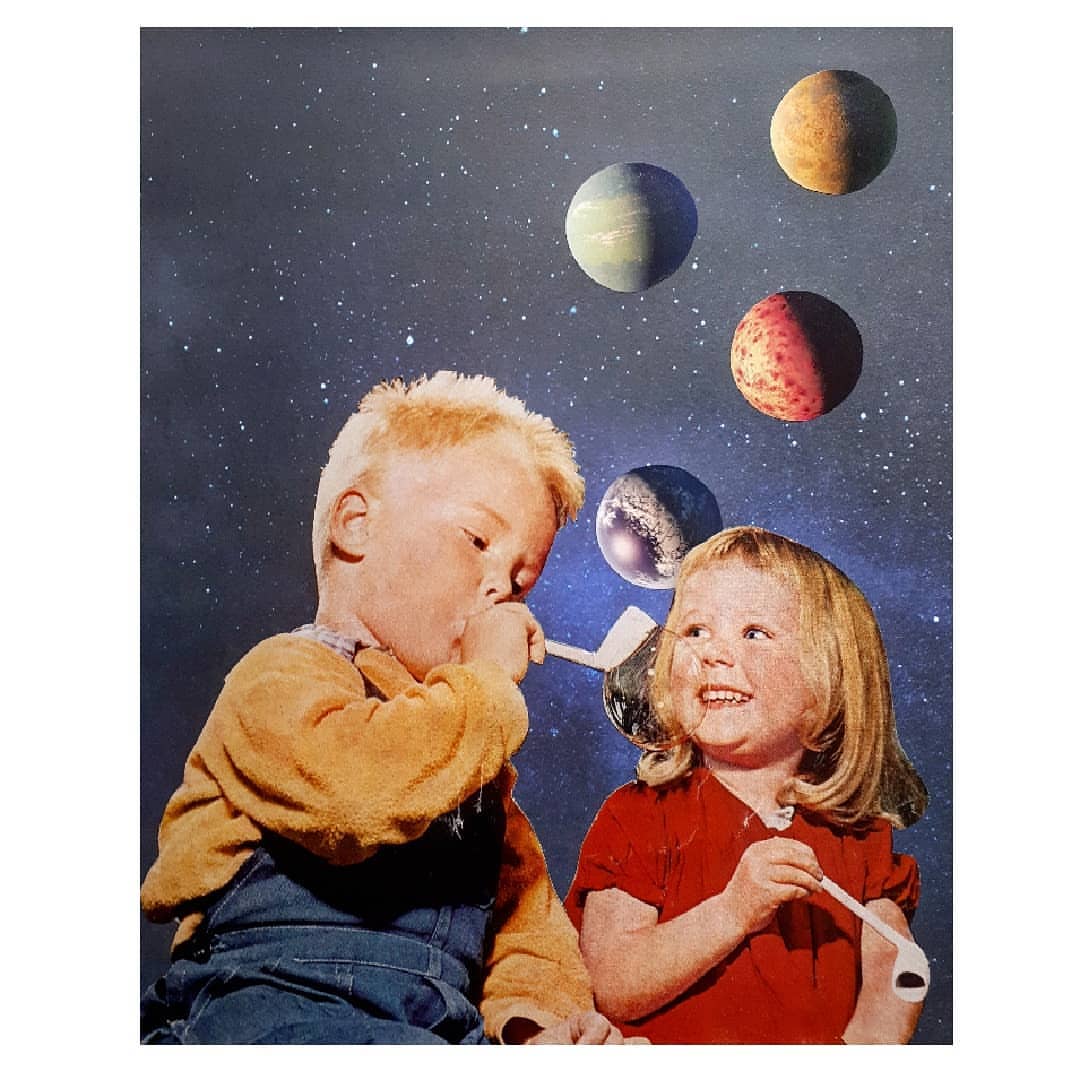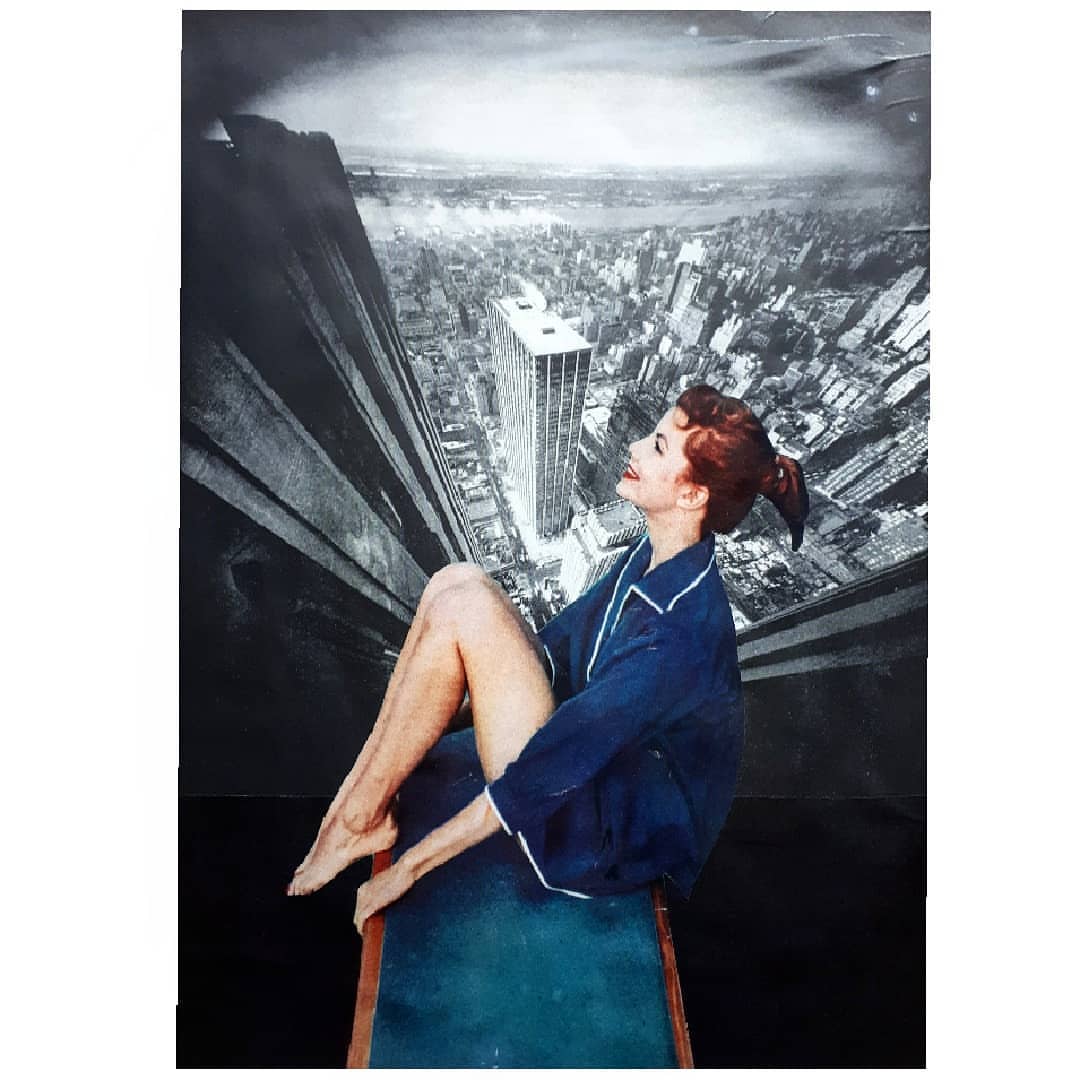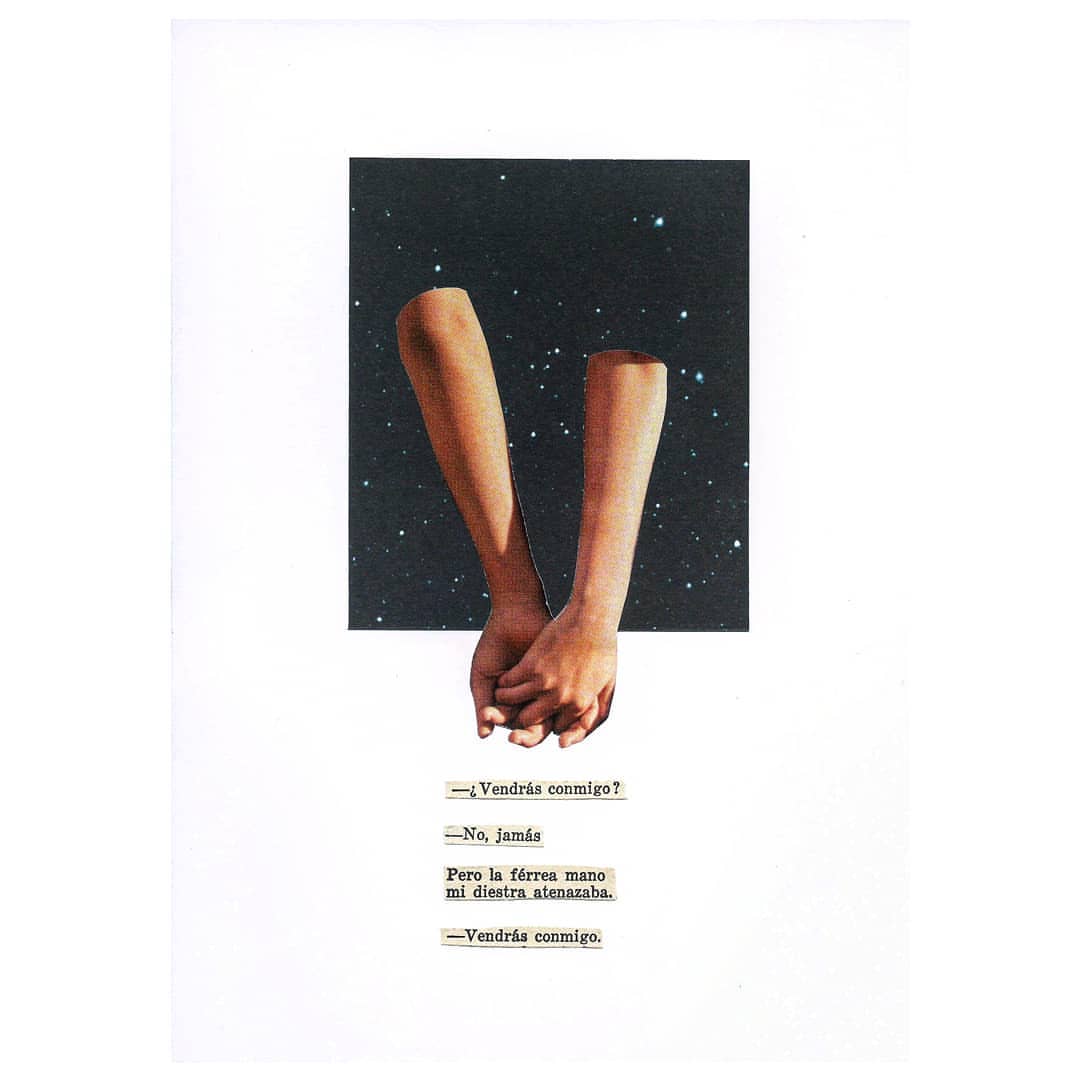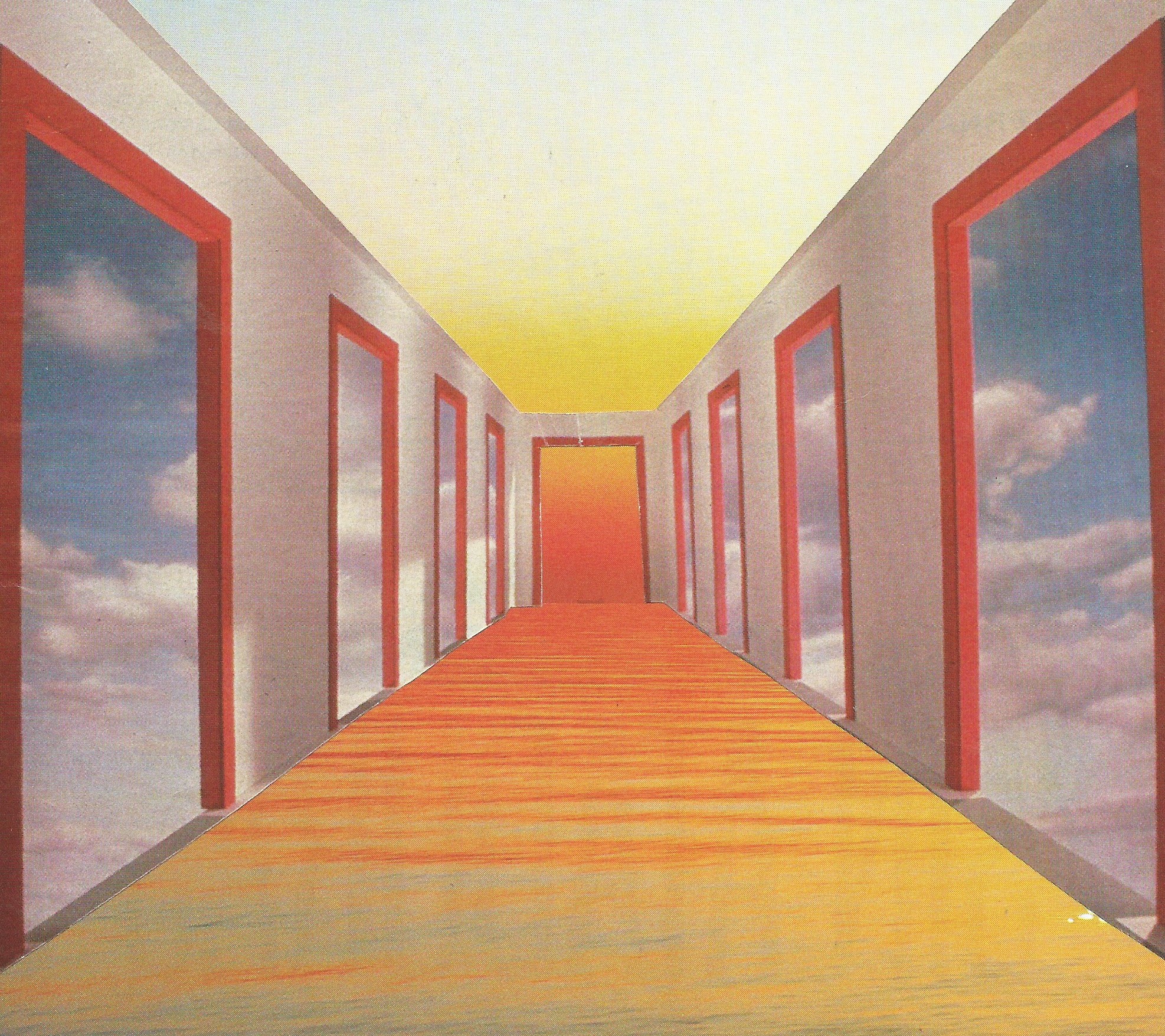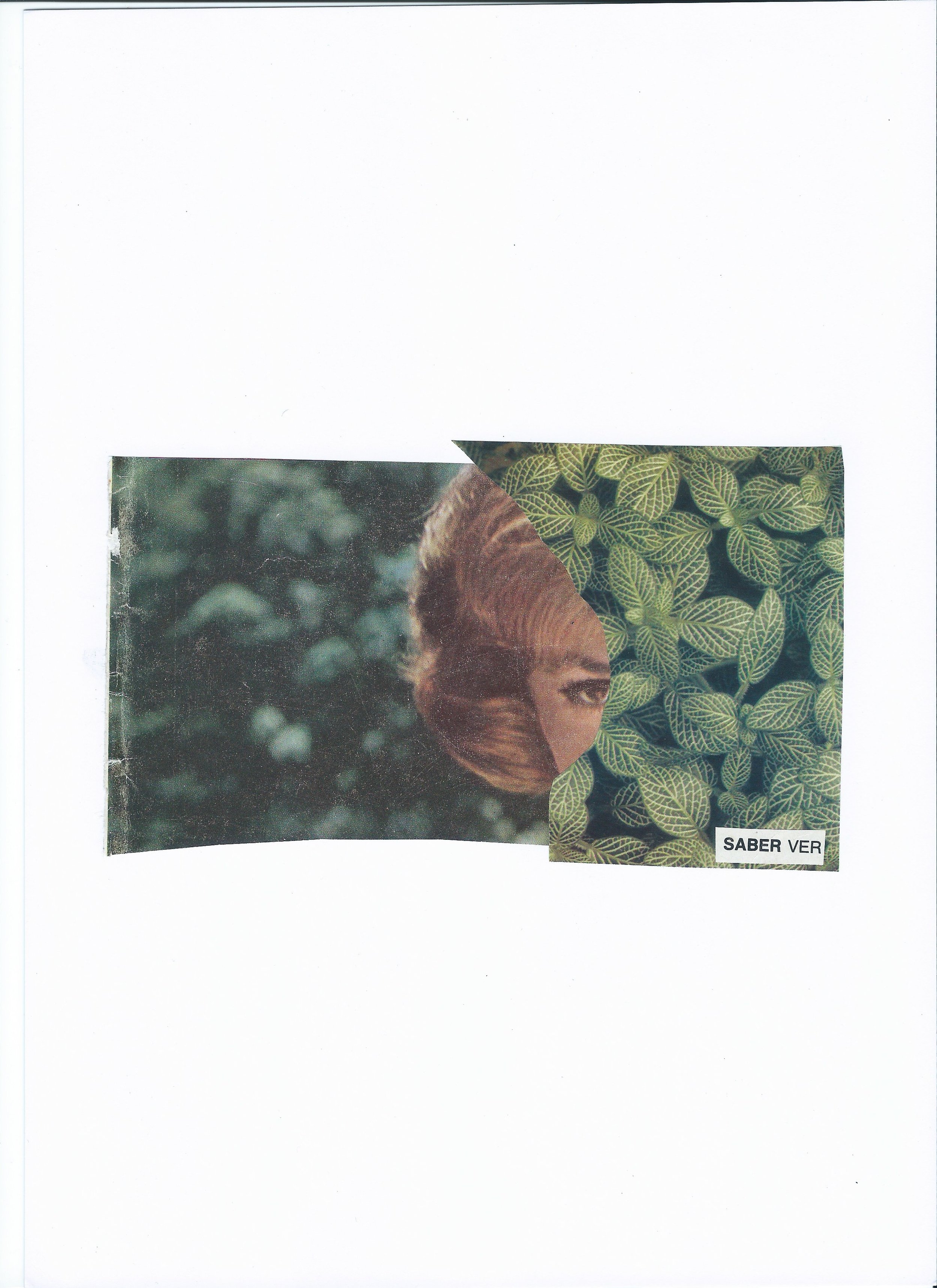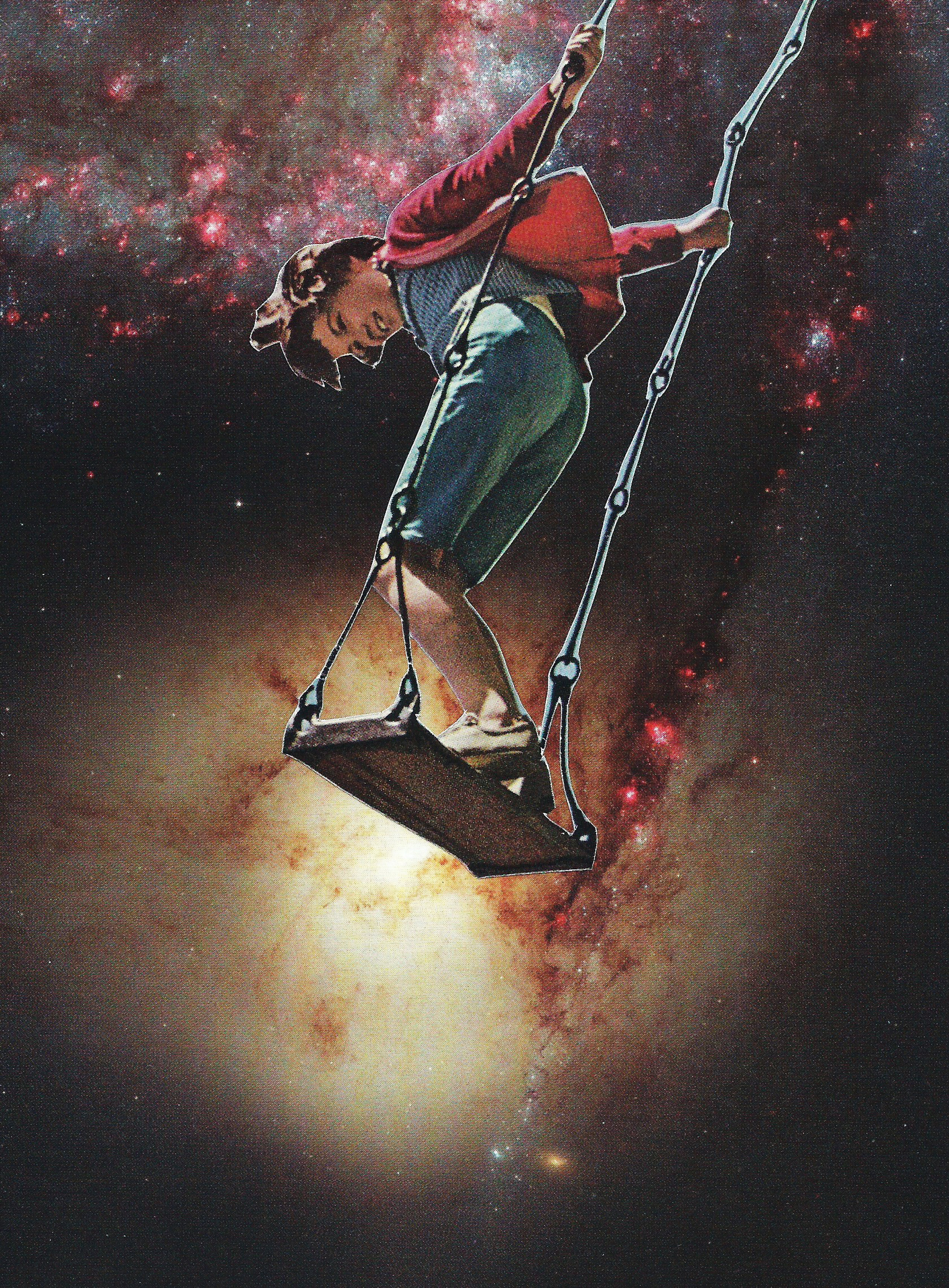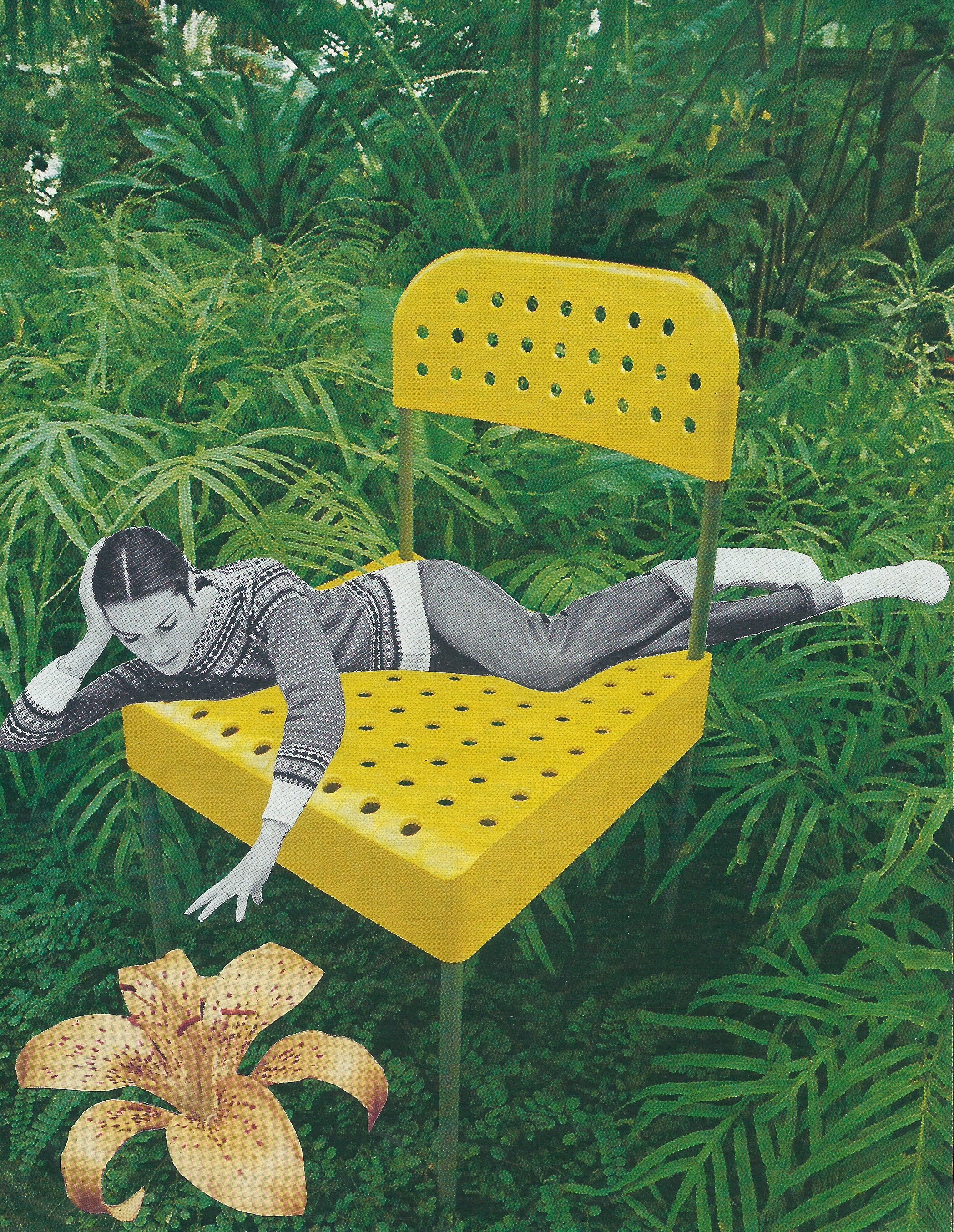Figure 1. One of Brugmann’s mural in Brazil.
The South American landscape is both a natural gift and a mysterious force. For many South Americans, the tropics of the rainforest represent the heart of a continent that has endured so much socially, environmentally, and politically. As each country continues to evolve from setbacks, the artists living there remind us of the beauty and resilience that’s very much present within the people, the scenery, and the culture.
Argentine artist Miriam Brugmann is part of a forward thinking sociopolitical mentality, which seeps through the messages in her work. As a resident of Rio de Janeiro, Brazil, her main muse is the verdant landscape surrounding her. Brugmann’s ceramics and paintings connect us with a mystical and beautiful world she creates to embody the liveliness of South American life; one that is constantly immersed in the unapologetic lifestyle of the people, the music, the appreciation for nature, and the streets of Brazil.
At the beginning of her career, Brugmann focused on paintings and illustrations. She then moved on to ceramics by creating utilitarian items such as flowerpots, cups, and plates. But something changed in her imaginative process and called her to become more message/goal driven with her work.
“There wasn’t a big creative process and it was all very basic, which wasn’t making me happy. I wasn’t conveying what I really wanted to get across. So I began creating unique ceramic pieces and I also returned to painting and making murals, leading me to the creative process again. I started finding and defining my style and focusing on what I wanted to communicate. Right now I’m between ceramics, illustrations and murals,” she explains.
Brugmann channels the spirit of her environments in her work as an avid observer of how everything represents a force beyond the ordinary; from the variety of plants to the colorful animals, to the empowered stance of Latin American women.
Figure 2. The artist and her work.
She adds, “Nature and the Brazilian landscape are crucial to my work, especially Bahia, which is very exuberant, and also Rio. There are a lot of mountains, trees and nature is everywhere. It’s very lavish. You’re looking at it the whole time and the images stay with me and go directly to the work I’m making.”
The rainforest elements in Brugmann’s work are a symbol of refuge that encourage viewers to connect with their roots and to embrace who they are today in relation to the culture from which their ancestors come from.
Figure 3. Ceramic pieces are part of Brugmann’s artistic talents.
Her ceramics are inspired by pre-Columbian pottery from Peru and Mexico. A style she first fell in love with at the Museo Rocsen in Córdoba, Argentina, which houses a collection of over 18,000 pieces of archaeological objects from all around the world. One can see where the inspiration emerged for her ceramics, as pieces from ancient Mexico and the Inca empire often portrayed daily details about how people lived and their environment/resources. When you observe Brugmann’s creations, you notice a sense of strength and beauty that capture the native life and its connectivity with nature and a higher ancient power. Her creations tell us that there’s so much to learn when it comes to culture, and if you look past the superficial elements you’ll find a world thriving in its organic existence beyond stereotypes and any social or political struggle.
A strong overarching theme in Brugmann’s artwork also points to female empowerment. She explains, “[In my work] the care and respect for nature are aspects that were always present. And women, well it can be translated to something feminist like a message… there’s a support and a presence for that cause in my life.”
Figure 4. Empowering messages for the people of Latin America are important in Brugmann’s work.
The women portrayed in her paintings resemble mythical beings with a strong mission to positively affect their lives and communities. Some embody a messenger or spirit animal quality to them. With angelic wings and a fierce stare, these pieces evoke strength and a connection to native cultures, including those indigenous to the rainforest. They represent women who are in touch with their inner power by fending for themselves, the animals, and nature overall in a peaceful yet assertive manner by prioritizing mother nature in a similar way the native people of South America did since pre-Columbian times.
In a way, Brugmann’s work shares the evolution of these women, who like myself, have witnessed social change that hasn’t always been in our favor. Yet thanks to these transitions, more South American women feel revolutionized to embrace their inner power while creating resistance and awareness on human rights and the rights of many generations of women to come.
Explore more of Brugmann’s work by visiting her page. All photos courtesy of the artist.
* Interview translated from Spanish.
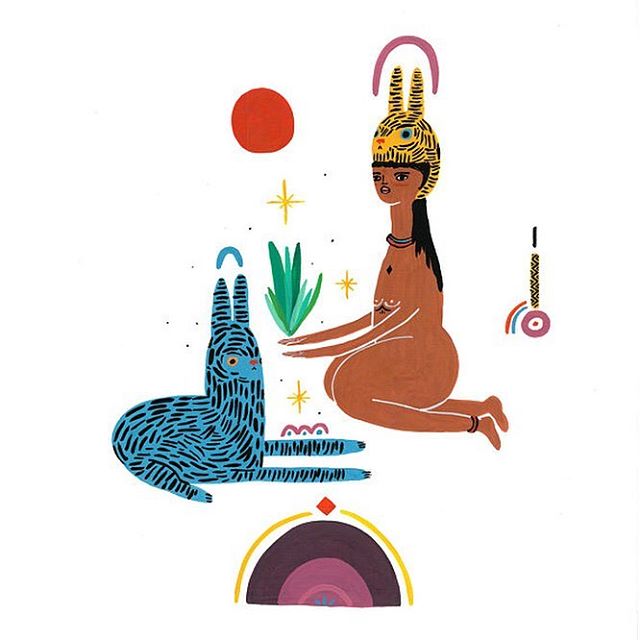
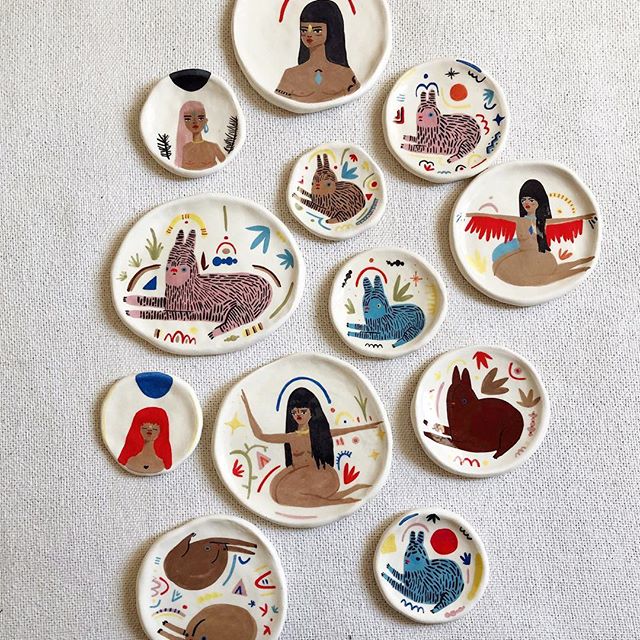

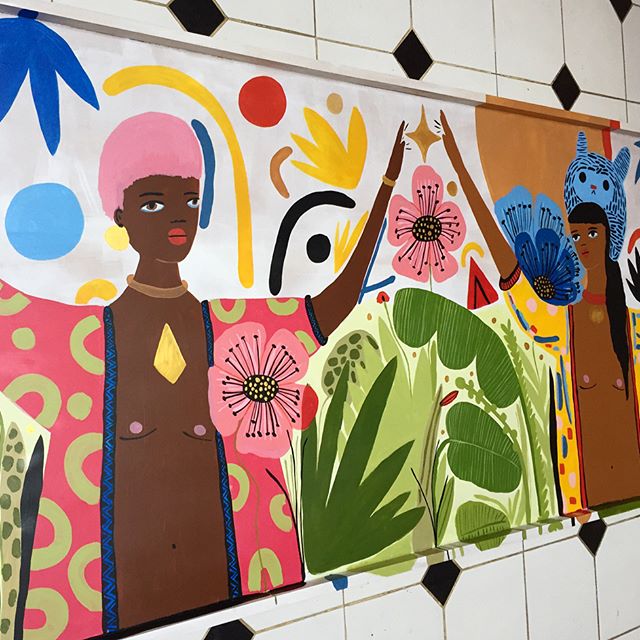
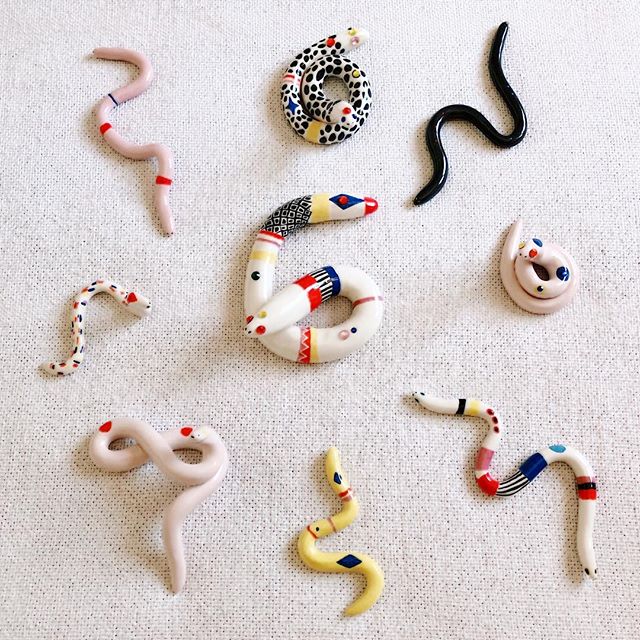
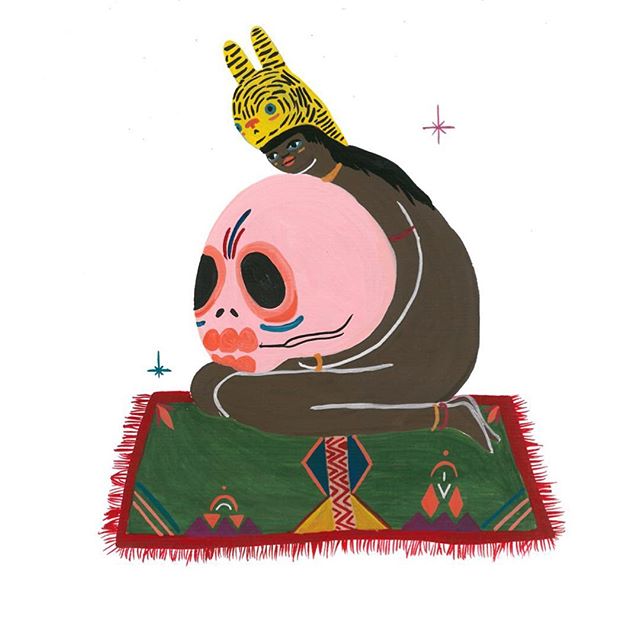
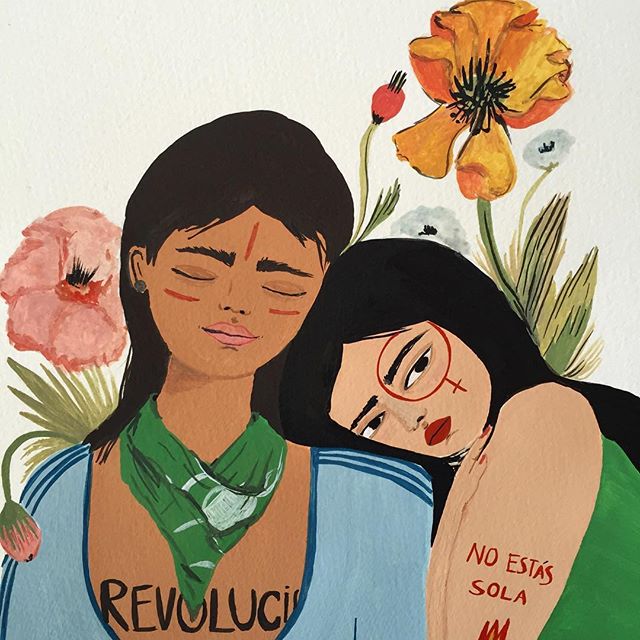
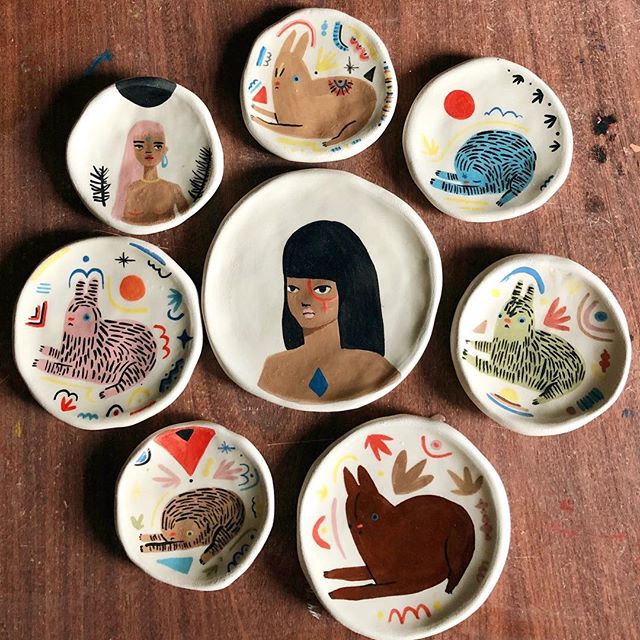
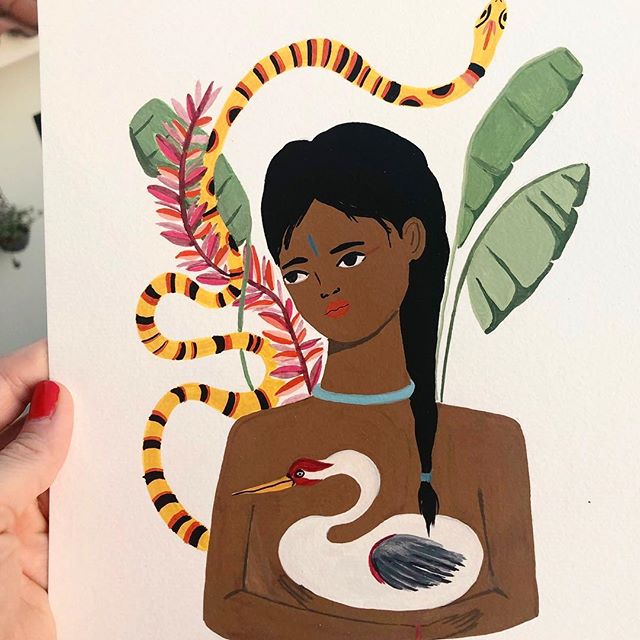
The following prose is inspired by the strength and love of nature found in Miriam’s artwork:
at the maracuyá tree
By claudina milagros
On the left side of the maracuyá tree sits my mother,
Her face reflects anxiety of the past.
I tell her she raised two strong daughters who turned into mothers
And that painting those neon floral tablecloths at the market was her artistic gift.
She smiles and pours fresh soil at the base of the tree.
Humidity is in the air.
On the right side of the maracuyá tree sits my sister,
Her peaceful face reflects hidden fear of what’s to come.
I tell her she raised two resilient boys, and that she makes a rainy day seem sunny with her laughter.
She smiles and waters the soil all around the tree.
In front of the maracuyá tree stands my reflection
It asks, “What do you see?”
“ I see discernment in the eyes of the moon and the sun. A woman whose work has been transformed but is not yet done,” I reply.
A ripe maracuyá falls at my feet. My toes are sprinkled with soil.
I pick it up along with my shovel. I walk, dig and plant a small fig tree.
For another mother, another sister, another friend and another daughter.
The cerulean bird follows my steps as I walk towards home
My hand guided by the burning sun behind the lush trees of the rainforest.
*Note: maracuyá is passion fruit in Spanish.








